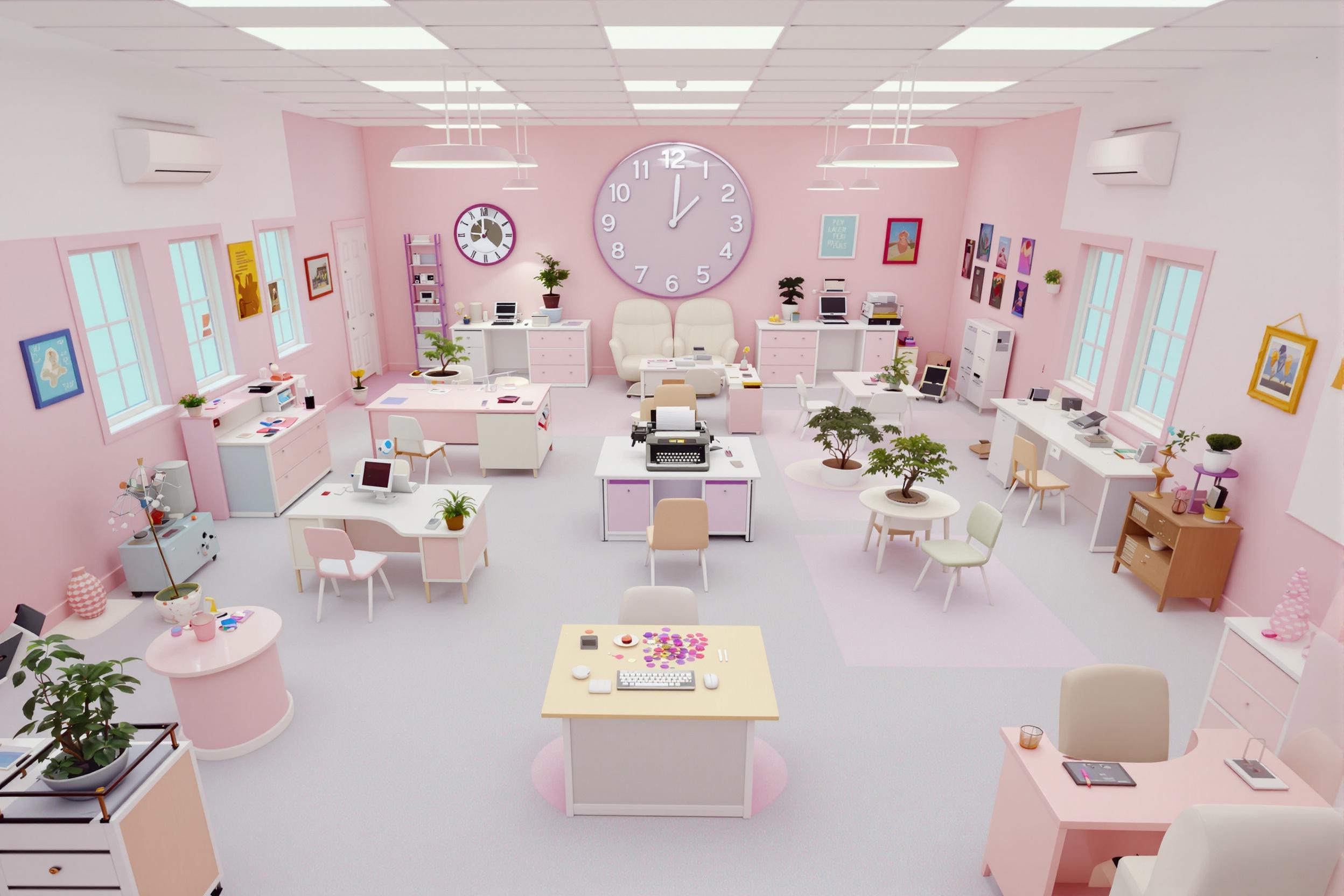
Gallery Representation
Gallery Representation refers to a professional relationship where an art gallery formally agrees to promote, display, and sell an artist's work. It's similar to how a talent agent works with actors, but for visual artists. When artists mention this on their resume, it means they have been selected by established art galleries to show and sell their work, which is a significant professional achievement. This relationship typically involves the gallery handling sales, marketing, and client relationships while the artist focuses on creating artwork.
Examples in Resumes
Achieved Gallery Representation with three leading contemporary art spaces in New York
Maintained exclusive Gallery Representation for large-scale sculptures in the Southeast region
Secured Gallery Representation and Artist Representation with prestigious galleries in Miami and London
Typical job title: "Gallery Artists"
Also try searching for:
Where to Find Gallery Artists
Professional Art Organizations
Art Job Boards
Networking Platforms
Example Interview Questions
Experienced Artist Questions
Q: How do you manage relationships with multiple galleries representing your work?
Expected Answer: Should discuss experience with territory agreements, commission structures, and communication strategies with different galleries. Should mention inventory management and exhibition scheduling.
Q: What strategies have you developed for pricing your work and negotiating with galleries?
Expected Answer: Should explain understanding of market positioning, pricing evolution over career, and maintaining consistent pricing across different markets while considering gallery commissions.
Mid-Career Artist Questions
Q: How do you balance creating new work with gallery obligations?
Expected Answer: Should discuss time management between studio practice and gallery commitments, meeting exhibition deadlines, and maintaining consistent quality and production.
Q: What methods do you use to document and track your artwork inventory?
Expected Answer: Should describe systems for recording artwork details, tracking locations of pieces, and coordinating with galleries on sales and availability.
Emerging Artist Questions
Q: How do you prepare for gallery submissions and portfolio reviews?
Expected Answer: Should demonstrate knowledge of professional presentation standards, artist statements, and basic understanding of gallery submission processes.
Q: What do you understand about gallery contracts and commission structures?
Expected Answer: Should show basic understanding of standard gallery agreements, typical commission rates, and basic professional obligations in gallery relationships.
Experience Level Indicators
Junior (0-3 years)
- Professional portfolio development
- Basic understanding of gallery contracts
- Artist statement writing
- Exhibition preparation
Mid (3-7 years)
- Consistent body of work
- Gallery relationship management
- Inventory tracking
- Price point establishment
Senior (7+ years)
- Multiple gallery relationships
- Market value understanding
- Exhibition history
- Collector network development
Red Flags to Watch For
- No professional portfolio
- Lack of documentation of artwork
- No understanding of gallery commission structures
- Unprofessional presentation materials
- No knowledge of art market pricing
Related Terms
Need more hiring wisdom? Check these out...

How Internal Gig Marketplaces Revolutionize Employee Development

Lost in Translation? How a Hybrid Mentorship Database Bridges Cross-Regional Talent

From Ghost Town to Talent Hub: Transforming Your Careers Blog into a Talent Magnet

